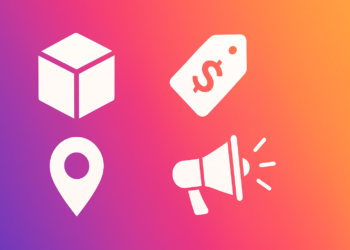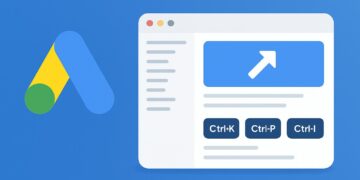Psychological Pricing Tricks quiz sharpens your command of pricing levers. Test yourself and see how each tactic influences revenue.
$19.99 instead of $20.00 leverages the ______ effect.
scarcity
decoy
anchoring
left‑digit
Presenting a premium, mid, and budget option exploits the ______ effect.
halo
decoy (asymmetric dominance)
nudge
network
Limited‑time countdown timers create ______ urgency.
regulatory
artificial
social
inventory‑based
Displaying a higher 'compare at' price next to sale price uses ______ framing.
halo
reciprocity
bundling
anchor
All‑inclusive pricing reduces mental transaction costs by lowering ______ pain.
inventory
holding
switching
payment
Charm pricing is less effective in cultures that read right‑to‑left due to ______ processing.
digit
currency
decimal
time
Using smaller font size for price conveys ______ cost.
premium
fixed
lower perceived
hidden
Bundling unpopular items with popular ones relies on ______ attribution.
causal
situational
affective
cognitive
Displaying scarce stock ("Only 2 left!") taps into ______ bias.
status‑quo
planning fallacy
bandwagon
reactance
Ending prices in .88 or .97 is common in ______ stores.
discount
professional services
luxury
subscription
Starter
Pricing basics still feel new—keep practicing.
Solid
You understand most moves; refine the edge cases.
Expert!
You wield price psychology like a pro.
Exploring Psychological Pricing Tricks Interview Questions uncovers how subtle price cues sway customer choices. Begin with our marketing mix interview question series to see where these techniques fit into your broader approach. Then test your insights with the physical evidence cues quiz, match concepts using the pricing objectives match MCQs, and compare strategies in the cost-plus vs value-based question set. Working through these interview questions will give you the confidence to discuss pricing psychology clearly.









